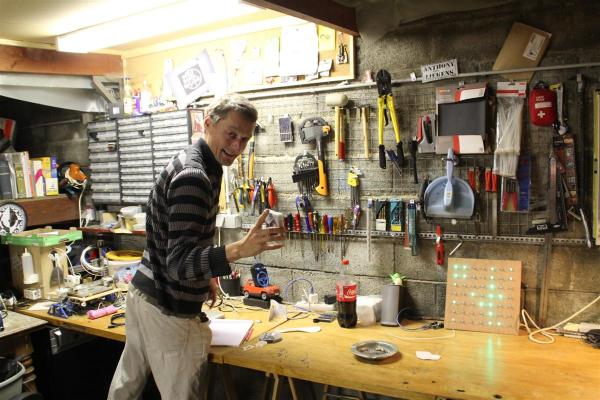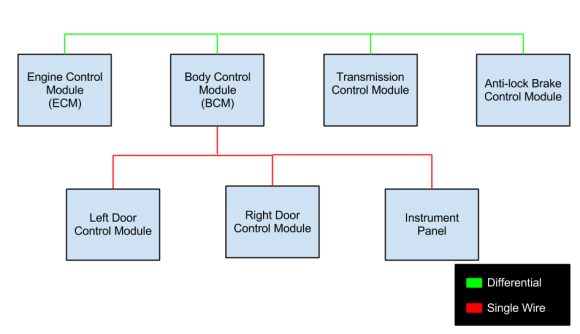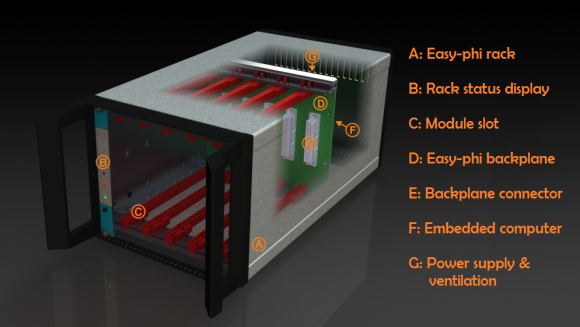Thanks to the wonders of 3D printing, you can now have a 3D printed a jet engine of your very own. Unlike jet engines we’ve seen before, this one comes with no chance of the operator getting burned to a crisp. [Gerry] is a self-proclaimed “broken down motor mechanic” from New Zealand. He’s designed a rather awesome jet engine in 3D Software, and printed it on his UP Plus printer. The engine itself is a cutaway model of a high-bypass turbofan engine. While we’re not sure which make and model of jet engine this cutaway represents, we’re still very impressed.
This isn’t just a static display model – the engine will actually spin up with the help of compressed air. Separate start and run tubes send air to the turbine and main fain respectively. It even has that distinctive turbofan “buzz saw” sound. While this model is relatively safe, [Gerry] does warn to keep the pressure down, or it could come apart. To that end we’d recommend adding a regulator before the quick disconnect.
The Thingiverse project is a bit light on instructions. However this situation is remedied by [hacksaw], who posted a pictorial and build log up on pp3d. [Hacksaw] did run into a few problems with the build, but nothing a little bit of superglue couldn’t fix. It may have fewer moving parts, but this definitely puts our old Visible V8 Engine kit to shame.
Continue reading “3D Printed Cutaway Jet Engine Sounds Great”

















